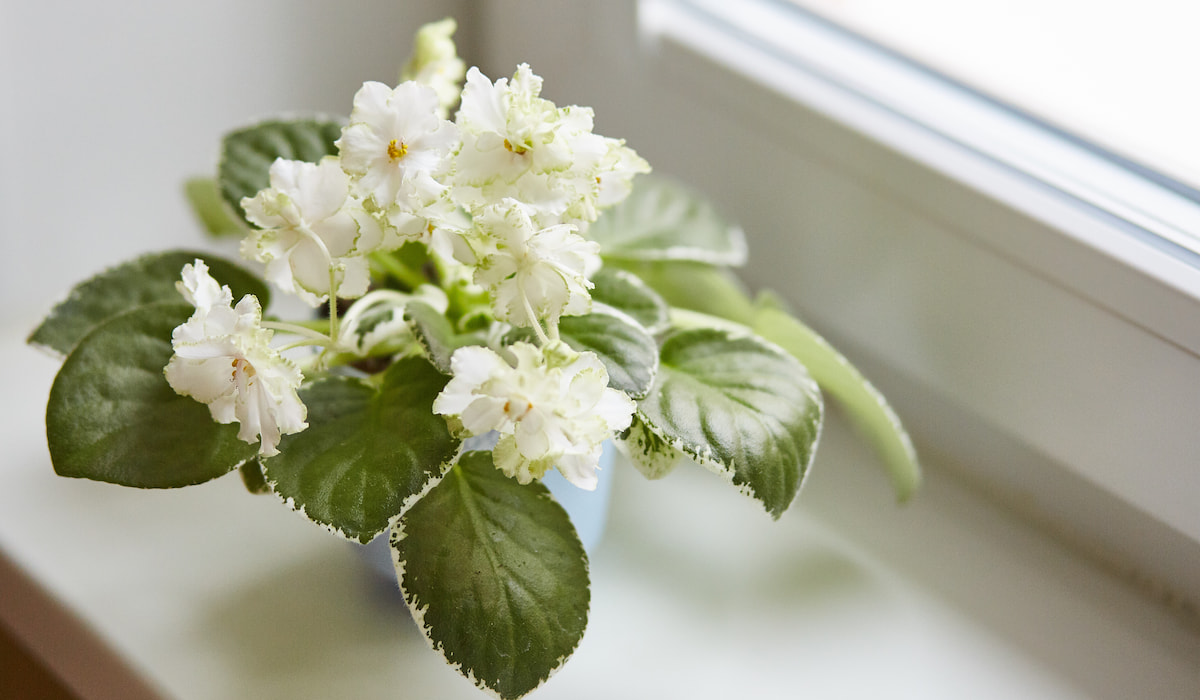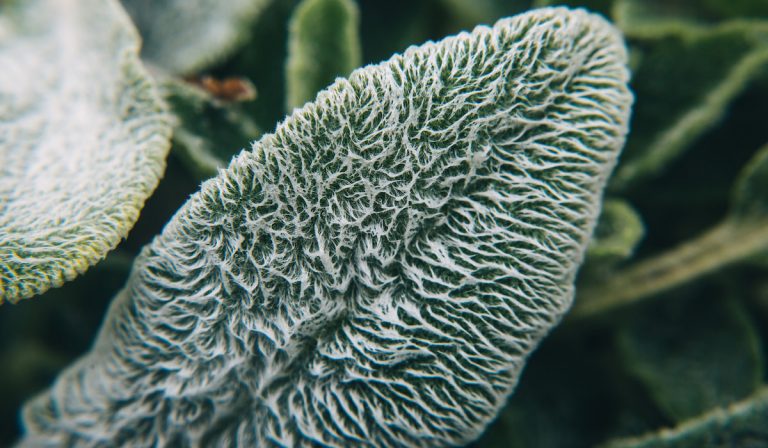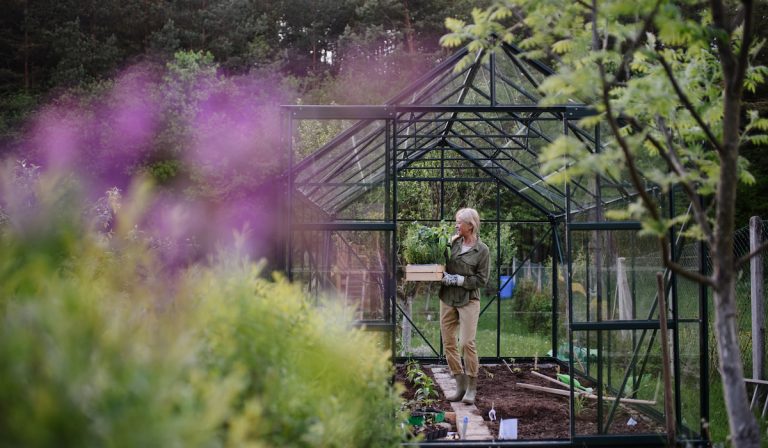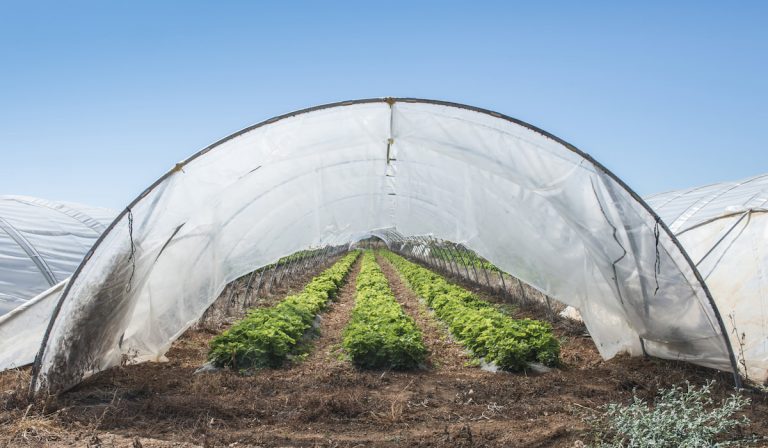Types of Indoor Plants With White Flowers
The color white usually signifies serenity and peace.
An indoor plant with white flowers is an ideal way to add a touch of tranquility to your space. The milky blossoms of these plants are always calming to look at, and they add a touch of beauty to your home.
If you love the color white, you will find the flowers on this list fascinating enough to grow them yourself.
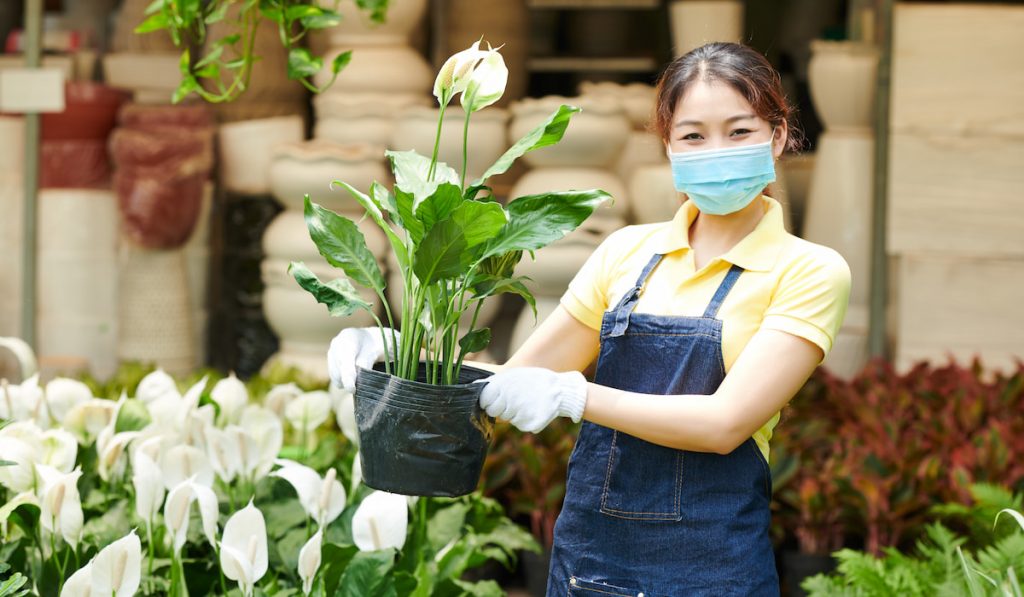
Table of Contents
Peace Lily
The Peace Lily is a well-known houseplant with white flowers.
Although the white flowers of the Peace Lily are not flashy, they are still elegant.
The Peace Lily has glossy leaves and long slender stems which produce numerous white flowers in the right growing conditions.
Although Peace Lilies bloom throughout the year, they produce most of their flowers during the summer.
The large, deep green leaves of the Peace Lily will give your living space a tropical feel. Peace Lilies are also ideal for indoor air purification.
Peace Lilies are one of the easiest flowering plants to care for.
They grow 5 feet wide and as high as 6 feet. Peace Lilies thrive in evenly moist soil. They also prefer areas with low to bright light with temperatures ranging from 60-85°F.
Peace Lilies are poisonous when chewed on or eaten, and they are found in USDA growing zones 10-12.

Anthuriums
Anthuriums are indigenous to the Caribbean, Central America, and northern America. While you can grow Anthuriums outdoors in warmer conditions, they are often grown as houseplants.
There are over 1000 species of Anthuriums in the world.
Some are grown for their foliage, while others are grown for their exotic, brightly colored flowers. Anthurium blooms come in various colors, including white, pink, or red.
When mature, they are 12-18 inches tall with a 9-12 inch spread.
One of the best characteristics of Anthuriums is that both their foliage and flowers are heart-shaped.
Anthuriums are free-flowering plants and thrive in areas with bright light and moist, coarse potting mix.
Anthuriums are found in USDA growing zones 10-12.
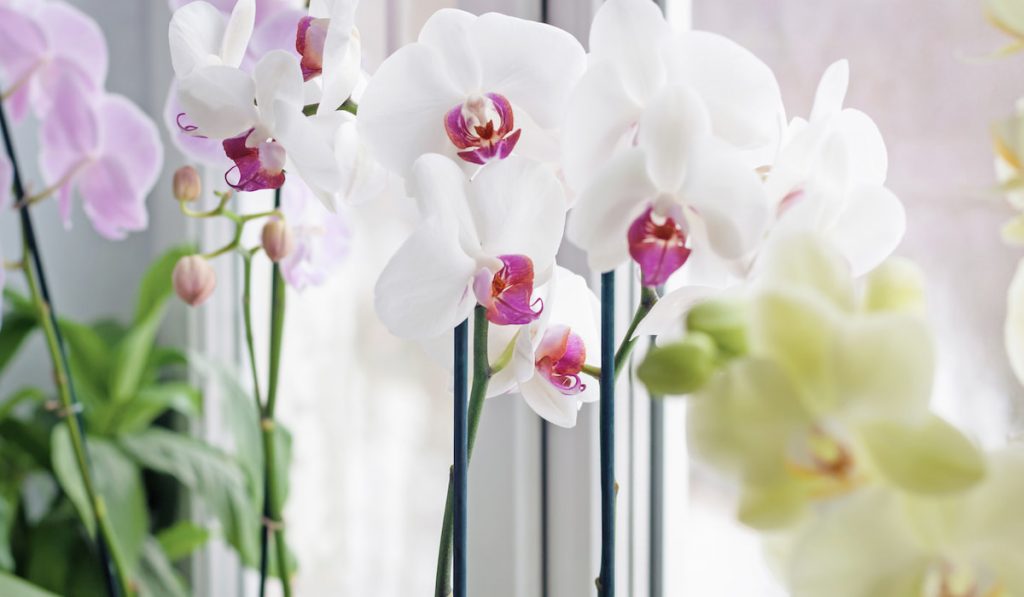
Moth Orchids
The orchid group consists of several genera and over a thousand species.
What most people are used to are Orchids from the Phalaenopsis genus. Species of the said genus of orchids are indigenous to northern Australia, New Guinea, and Southeast Asia.
Moth Orchids are thick-leaved elegant houseplants with beautiful flowers.
Moth Orchids bloom indoors in the spring and summer. Their flowers take on a variety of colors, including white, yellow, pink, and lavender.
Depending on the variety and species, they can grow 8-36 inches high and 12 inches wide.
Moth Orchids are easy to care for, and in the right conditions, they produce eye-catching blooms for months.
They thrive in areas with bright shade and require moist potting soil.
Moth Orchids are found in USDA growing zones 10-12.

Amaryllis
Amaryllis are tropical plants native to Central and South America.
They are well known for the large colorful blossoms they produce indoors during winter. The Amaryllis flower is commonly grown as a houseplant.
It is a carefully bred hybrid derived from several species in the Hippeastrum genus.
Amaryllis have huge trumpet-shaped flowers and strappy leaves. The blooms of the Amaryllis are usually white, pink, deep red, or a combination of these colors.
Amaryllis blooms last for up to seven weeks or even longer. At maturity, the Amaryllis has a 9-12 inch spread and reaches 1-2 feet in height.
For the leaves to ripen, Amaryllis require direct exposure to sunlight and a period of rest. During the resting period, the bulb becomes dormant before the flowering cycle resumes.
Amaryllis thrives in rich potting mix indoors and rich, well-drained soil outdoors.
It is found in USDA growing zones 8-10.

Christmas Cactus
Christmas Cactus is native to the rainforests of Brazil. Although it is a true cactus, the Christmas Cactus is a tropical plant.
It typically grows off tree branches in areas with high humidity and heavy moisture.
Christmas Cactus can be grown indoors until summer. In summer, you may transfer it outdoors.
Christmas Cactus are low maintenance and will produce several blooms between spring and winter.
Christmas Cactus produces attractive blooms in several colors, including white, red, yellow, orange, pink, and purple.
They grow about 1-2 feet wide and reach 6-12 inches in height.
Unlike other cacti, Christmas Cactus does not like being dry, so ensure the soil is only moderately dry.
It also prefers areas with partial sunlight exposure with temperatures ranging from 70-80°F and 55°F in fall.
Christmas Cactus is found in USDA growing zone 10-11.
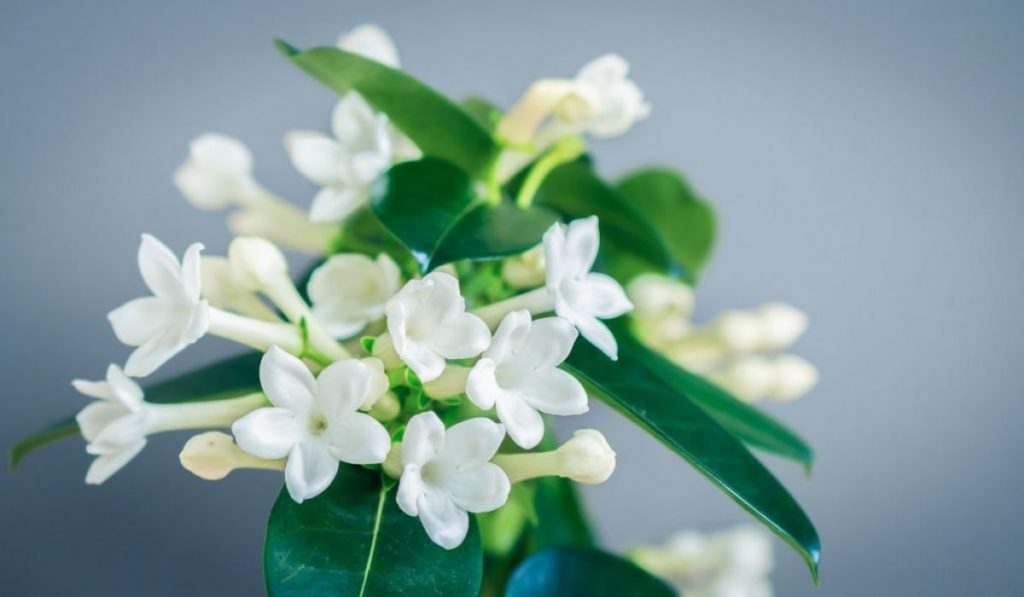
Madagascar Jasmine
Madagascar Jasmine is indigenous to the Sub-tropical region of Madagascar.
Madagascar Jasmine is a plant species from a genus totally different from the jasmine plant. However, the flowers of both plants have a similar fragrance.
Madagascar Jasmine has white waxy star-shaped flowers which bloom in clusters.
Madagascar Jasmine blooms outdoors during summer and spring. With adequate humidity, light, and warmth, Madagascar Jasmine can bloom indoors at any time.
Madagascar Jasmine thrives in areas with adequate sunlight exposure with temperatures ranging from 65-80°F in the summer and 55-60°F in the winter.
Madagascar Jasmine requires a peat moss potting mix with 1 part perlite and 2 parts peat moss.
Madagascar Jasmine is found in USDA growing zone 10.
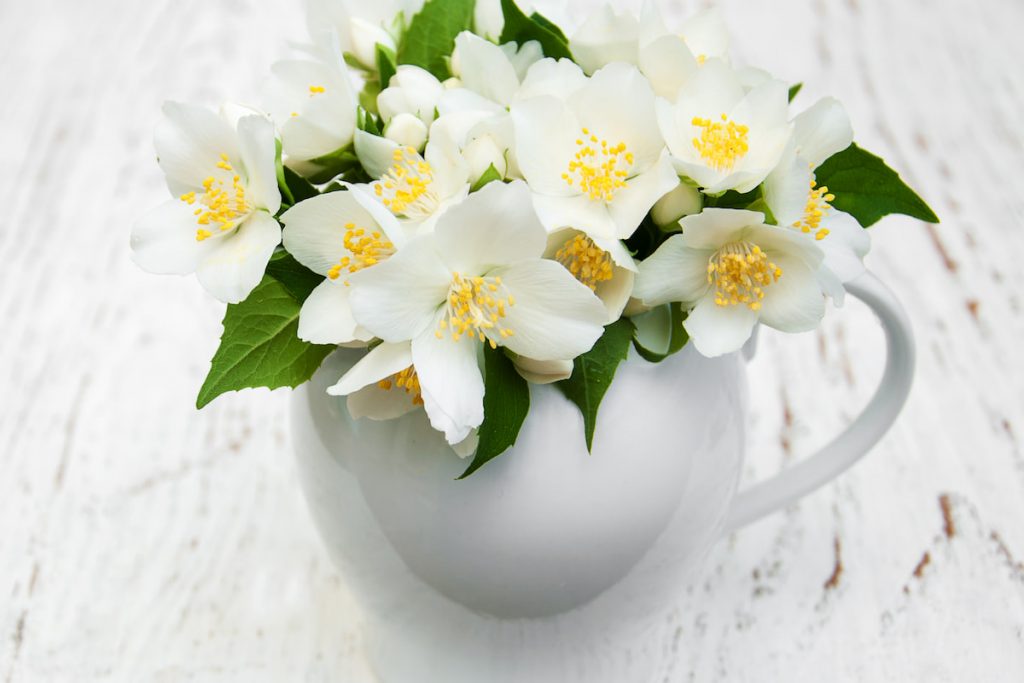
Jasmine
There are about 200 species of Jasmine from the Jasminum genus.
Indigenous to central Asia, Jasmine is a semi-evergreen or large deciduous vining plant with an appealing fragrance and graceful look.
Jasmine plants produce large clusters of white flowers in late spring or the beginning of summer.
In northern climates, Jasmine is potted and kept indoors during the winter. When indoors, Jasmine can grow 6 feet wide and 4 feet high.
Jasmine thrives in areas with adequate exposure to sunlight and partial shade, with temperatures ranging from 60-75°F and 40-60°F in the winter.
It also requires evenly moist soil.
Jasmine is found in USDA growing zones 7-10.
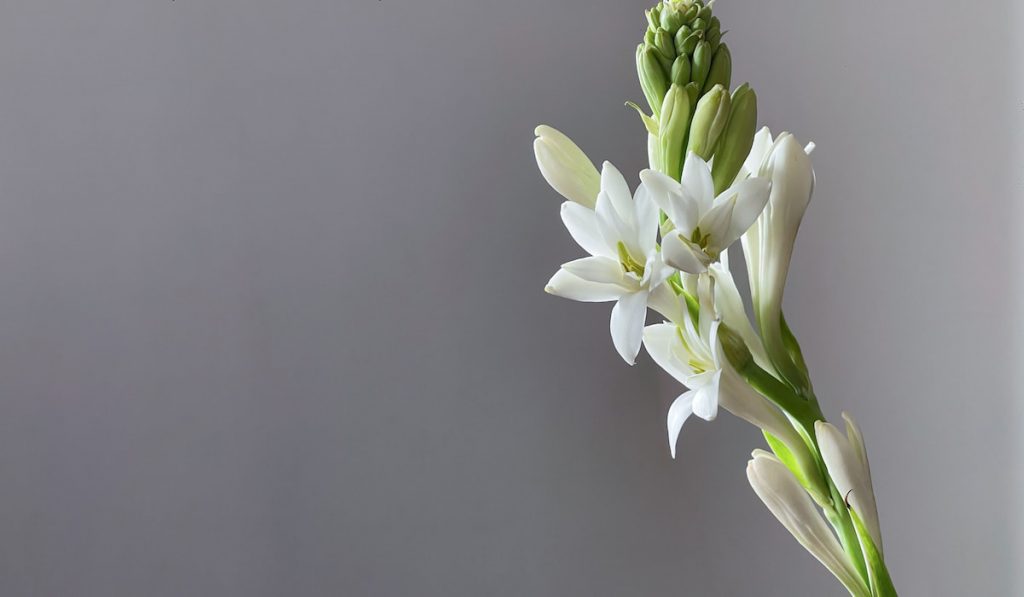
Tuberose
Tuberose is indigenous to parts of central and South America. Tuberose is not tolerant to frost, which is why they are grown as annuals.
The foliage of the Tuberose is grassy, and it reaches heights of 2-3 feet.
It has a similar appearance to daylilies. From mid to late summer, each stem of a Tuberose produces a dozen or more white flowers. These flowers will remain closed if the heat is excessive.
Due to its agave heritage, Tuberose flowers tend to be waxy.
This waxiness offers protection from desiccation. But when exposed to direct sunlight with temperatures over 95 degrees, the flowers may dry up.
If this is how summer in your area sounds like, you should plant Tuberose bulbs in areas with afternoon shade.
Tuberose is found in USDA growing zones 8-10.
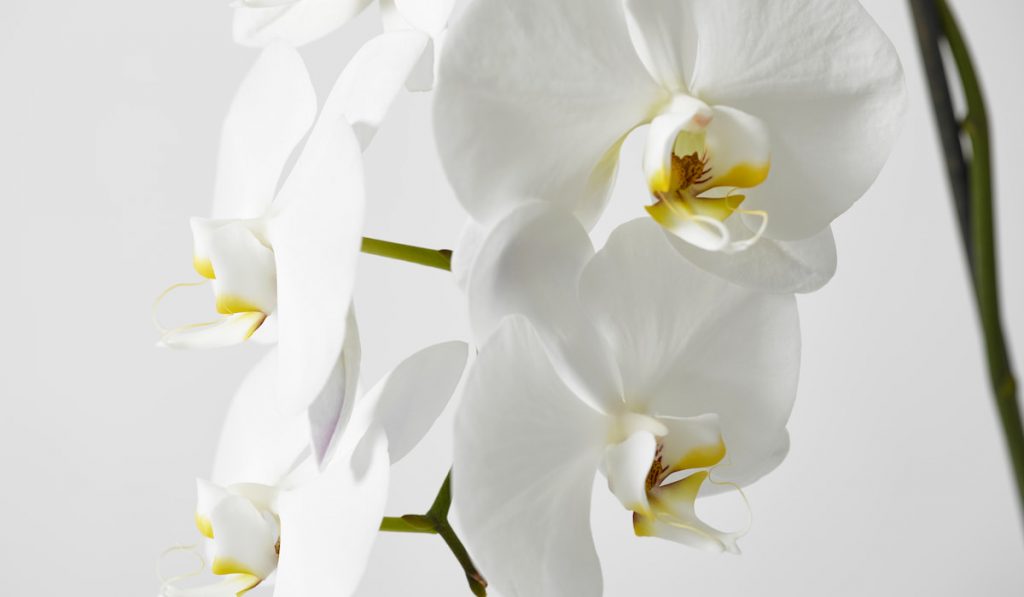
Dendrobium Orchid
Indigenous to Southeast Asia, Dendrobium Orchid is a member of the Dendrobium genus having almost 2000 species.
Although Dendrobium Orchids are picky about their environment, they are easy to grow and make good houseplants.
Dendrobium Orchids thrive in different climates such as high altitude mountains and wet lowlands.
Dendrobium orchids tend to grow on other plants, so they are epiphytes. In the wild, you will most likely find them on tree branches.
Although Dendrobium species vary in appearance, they all have extravagant blooms available in a range of colors, including white, brown, pink, yellow, purple, orange, and green.
While some produce flowers from the top of their stems, others bloom along them.
The best time to plant Dendrobium Orchids is when it has finished flowering or at the start of the growing season.
They thrive in areas with partial exposure to sunlight and in moist but well-drained soil.
Dendrobium Orchids are found in USDA growing zones 9-11.
Crown of Thorns
Despite its name, Crown of Thorns is an attractive succulent plant that blooms almost throughout the year.
Although Crown of Thorns grows into a woody shrub, it is still ideal for most homes.
It thrives at the same room temperature most people enjoy. It also does well during winter, even with the lack of humidity in most homes.
Crown of Thorns produces small green flowers surrounded by white, orange, yellow, red, or pink bracts.
When planted outdoors, Crown of Thorns grows 3-6 feet tall. But when indoors, they reach heights of just 2 feet.
Crown of Thorns prefers areas with bright and direct sunlight with temperatures ranging from 65-75°F.
In addition to the sharp thorns on its stems and branches, they have latex sap from stems and broken leaves that can irritate the eyes and skin. Therefore, all parts of this plant are toxic to both pets and humans.
Crown of Thorns is found in USDA growing zones 9-11.
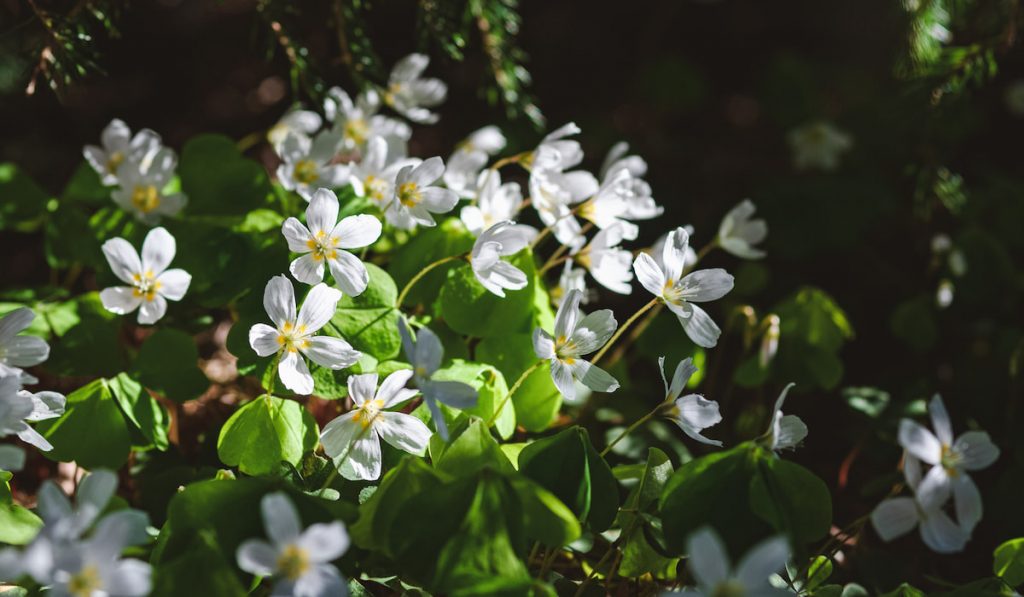
Oxalis
Oxalis, also known as Purple Shamrock, is an uncommon plant with deep purple foliage.
This attractive plant has triangular leaves, which usually grow in groups of three. At night or when it is cloudy, Oxalis tend to fold up like an umbrella.
This South American native blooms in the winter, spring, and fall, producing white to lavender or pale pink flowers.
The best time to plant Oxalis is in the spring, and it is an ideal house plant.
Oxalis grows to about 12 inches tall and wide, and it thrives in well-drained soil. It also prefers areas with full to partial sunlight exposure with temperatures ranging from 60-75°F.
Oxalis is found in USDA growing zones 8-11.
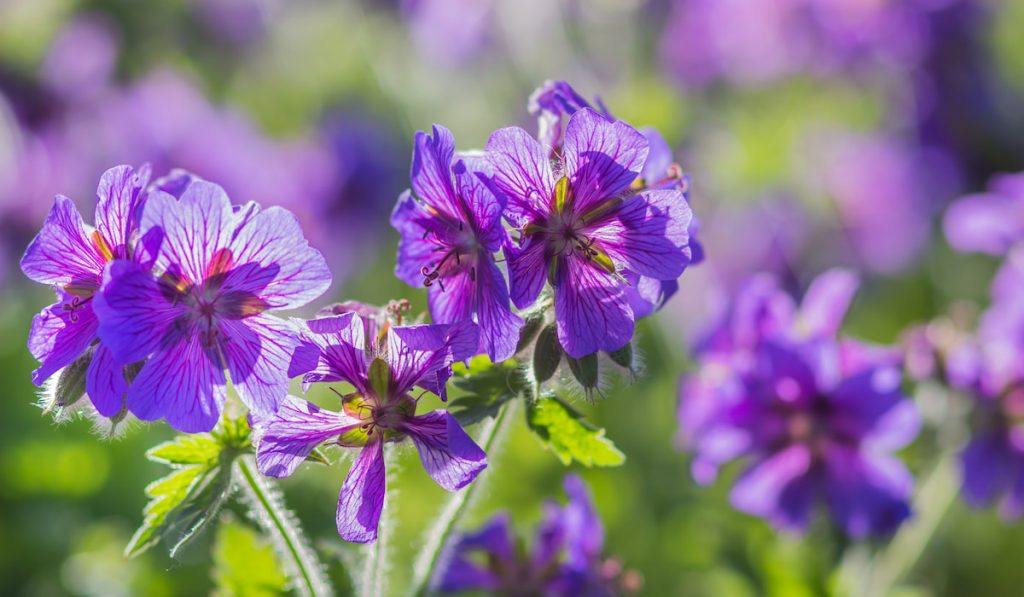
Geranium
Geranium is native to South Africa and a member of the Pelargonium genus.
Geraniums are mostly grown as annuals, but in warmer climates, it is possible to overwinter them.
Geranium is easy to grow and care for. It produces attractive flowers available in a variety of colors, which include white, purple, orange, red, salmon, magenta, and pink.
When Geranium mature, depending on the variety, they grow around 5-36 inches tall.
Geranium prefers areas with adequate sunlight exposure with temperatures ranging from 60-75°F. It thrives in rich, well-drained soil.
Geranium is found in USDA growing zones 9-12.
Shrimp Plant
The shrimp plant is also known as the Shrimp bush or Mexican shrimp plant.
It is indigenous to the West Indies and warm regions of the Americans. In frost-free areas, Shrimp Plants bloom continuously and usually attract hummingbirds.
Shrimp Plants are fast-growing plants and become more attractive when you prune them regularly.
They are prolific bloomers producing flowers with spikes throughout the year. Most varieties of Shrimp Plants create spikes with white tubular flowers and pink bracts.
Shrimp Plants prefer areas with bright or intense light with temperatures ranging from 60-75°F.
They also thrive in moist, well-drained soil. When they mature, Shrimp Plants grow around 2 feet wide and 2 feet tall.
Shrimp Plant is found in USDA growing zones 8-11.
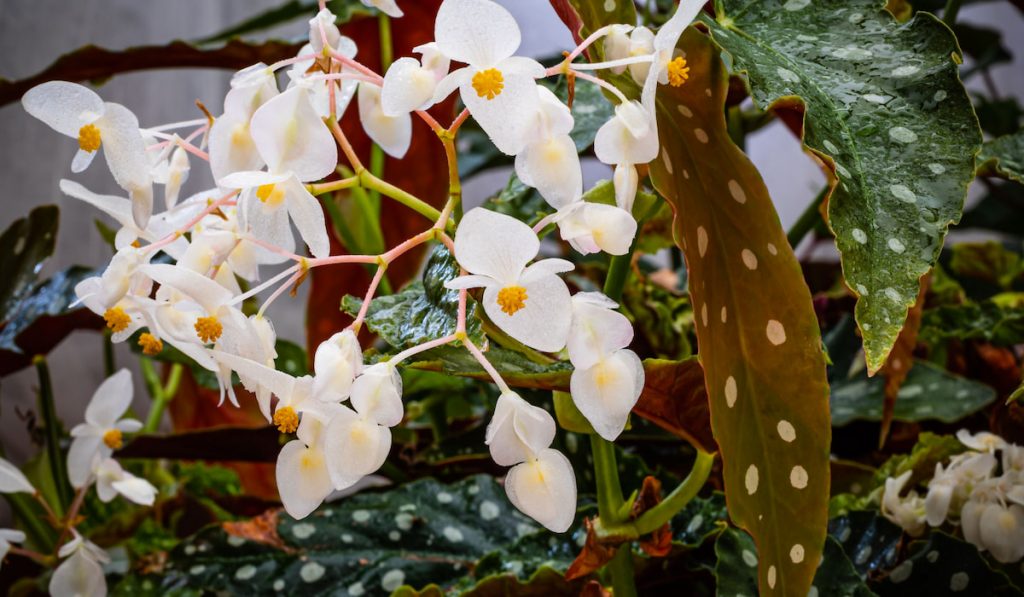
Angel-Wing Begonia
Native to the regions of South America, Angel-Wing Begonia is the most common type of begonia.
It is easy to grow and can be planted indoors throughout the year, provided you meet certain conditions.
Although other begonias require a more gentle touch, Angel-Wing Begonias are ideal houseplants provided you give them the humidity and warmth they need.
When they mature, they grow around 12-30 inches high and 12-24 inches wide.
Angel-Wing Begonias grow on upright stems producing leaves and flowers with unique colors. Some of the magnificent colors include white, pink, orange, and red.
Angel-Wing Begonias bloom in the summer and early fall. They prefer areas with partial shade and thrive in moist, well-drained soil.
Angel-Wing Begonia is found in USDA growing zones 10-11.
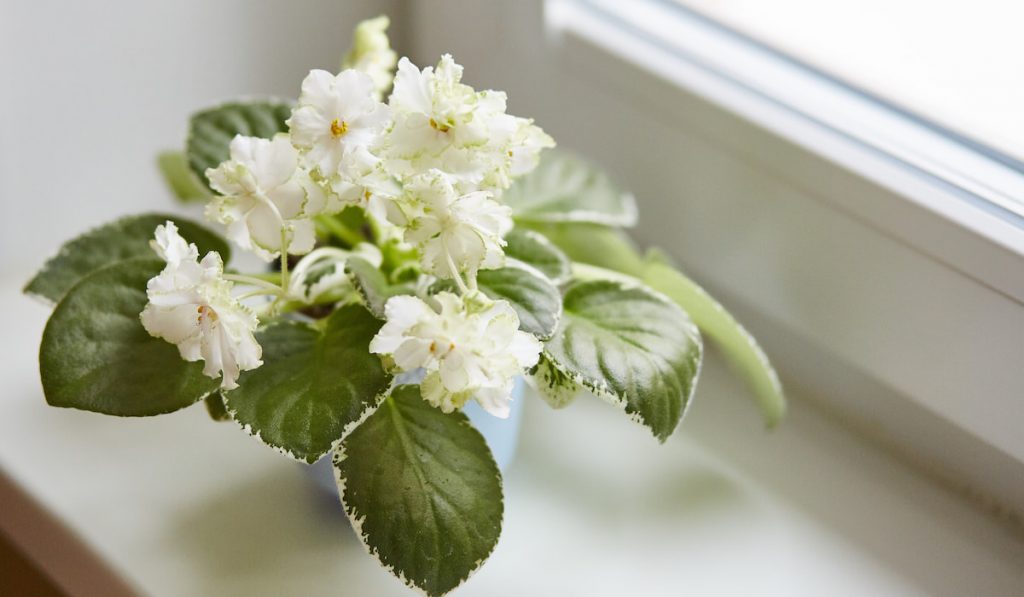
African Violets
African Violets are some of the easiest and most popular flowering houseplants you can grow.
They are low-growing and compact plants that produce flowers several times a year. African Violets will do well indoors with little effort.
African Violets are available in several varieties, with some having white-edged blooms or variegated foliage.
They thrive in warm conditions and areas with filtered sunlight. But avoid getting the fuzzy leaves of this plant wet because it leads to ugly brown spots.
When you place African Violets close to a bright window, they will bloom constantly.
When they mature, African Violets grow up to 8 inches high and 16 inches wide. They thrive in areas with medium to bright light and temperatures ranging from 65-75°F.
African Violets grow in USDA growing zones 11-12.
Resources
- https://www.gardeningknowhow.com/houseplants/hpgen/popular-white-flowering-houseplants.htm
- https://balconygardenweb.com/indoor-plants-with-white-flowers/
- https://www.bhg.com/gardening/houseplants/projects/blooming-houseplants/
- https://www.thespruce.com/growing-amaryllis-1402227
- https://www.thespruce.com/stephanotis-flowers-1315767
- https://www.thespruce.com/fragrant-tuberose-flower-1315702
- https://www.houseplantsexpert.com/madagascar-jasmine.html
- https://www.thespruce.com/grow-cane-and-dendrobium-orchids-1902862

